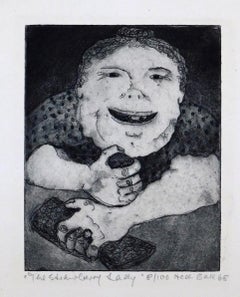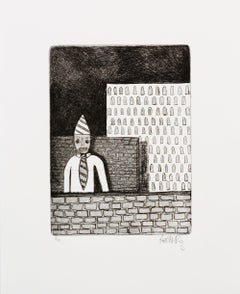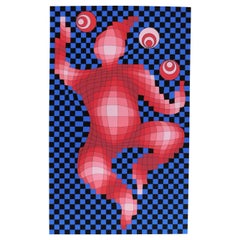Phoenix - Figurative Prints
to
25
18
13
4
3
Overall Width
to
Overall Height
to
15
5
1
4
2
2
2
2
4
53
6
1
3
3
1
1
1
2
9
1
31
29
3
60
38
31
16
14
11
7
7
6
6
5
4
4
4
4
3
2
2
2
1
32
11
7
5
5
9
1
18,578
18,504
Item Ships From: Phoenix
Hedi Bak Original Aquatint, 1968 - The Strawberry Lady
Located in Phoenix, AZ
Whimsical Original Aquatint Etching by German/American artist Hedi Bak (1927 - 2010).
The etching presents in a side fold mat and is in excellent condition.
Tape adheres the print to...
Category
Late 20th Century Phoenix - Figurative Prints
Materials
Lithograph
Becoming the Clown
By Hector Ruiz
Located in Phoenix, AZ
Copper etching with aquatint
The power of memory and how it recalls individuality begins in such basic experiences as the ability to link internal ideas to external manifestations of those ideas. Memories as simple as an old toy or a street can set off a chain reaction of thoughts that snowball into issues as broad as nationalism, identity politics or a body politic to name a few. Hector Ruiz’s works encompass the broad, complex and often painful world particular to the Arizona and neighboring Mexican landscape. United States and Mexican border...
Category
Early 2000s Street Art Phoenix - Figurative Prints
Materials
Copper
Victor Vasarely Original Serigraph, Circa 1970, "Juggler"
By Victor Vasarely
Located in Phoenix, AZ
Victor Vasarely (1906-1997) Original Serigraph circa 1970 - "Juggler"
Pencil signed lower right and numbered lower left. 240 of the edition of 250.
Image: 25.88 x 15.88 inches. Paper...
Category
Late 20th Century Phoenix - Figurative Prints
Materials
Paper


